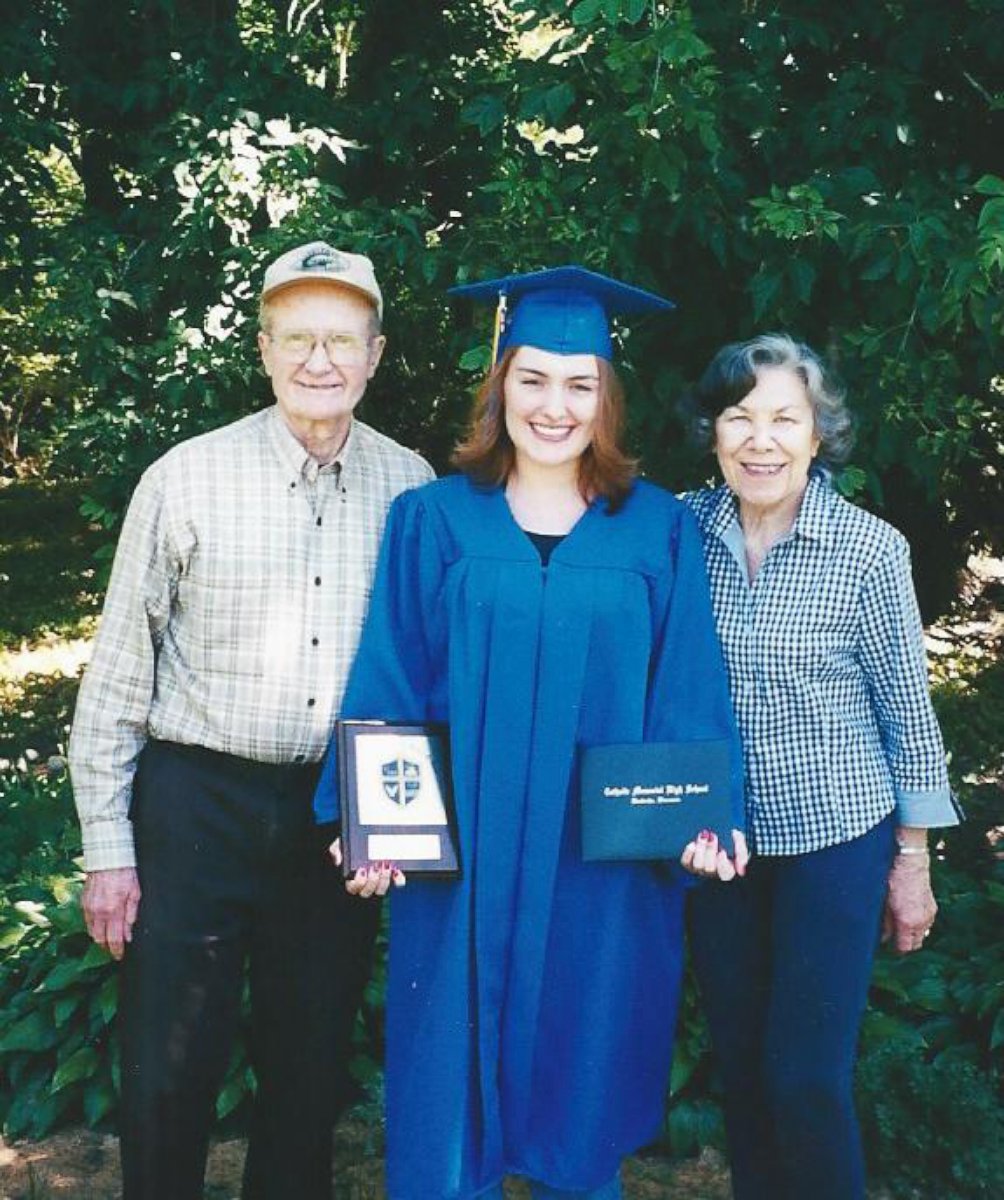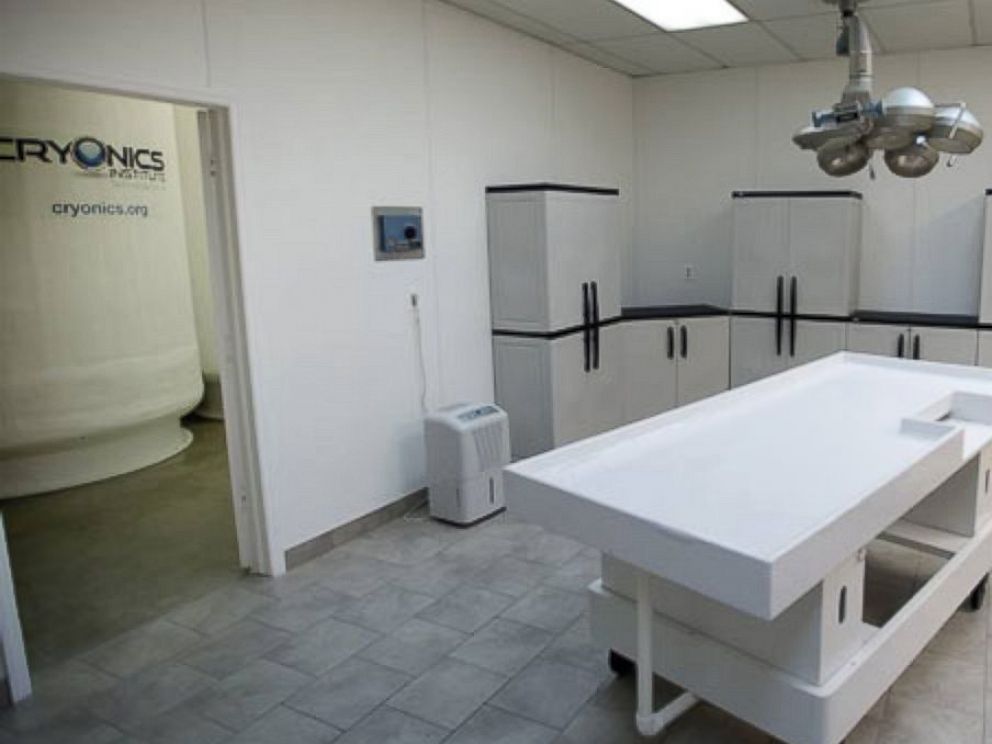Do You Think Being Frozen Could Lead to Life After Death?
Erika Star says her grandpa is frozen in a tank of liquid nitrogen.
June 23, 2014— -- Erika Star can’t visit her grandfather’s grave, but if she wants to, she can go to a warehouse in Michigan where his body has been cryonically frozen in a tank of liquid nitrogen for the past seven years.
Instead of being buried or cremated, Star’s grandfather decided long ago that he wanted to be frozen in the hopes of one day being thawed and brought back to life, Star told ABC News. He even wore a bracelet that said, “Upon death, cool the head,” in case he died unexpectedly.
Star said she wore it for a few months in 2007 after he died.
“I thought it was funny that I had that,” said Star, a comedy writer in Portland, Oregon. “Other people keep things for sentimental value, and that’s what I had from my grandpa. He was very much a science nerd.”
Read about how scientists will test extreme hypothermia on trauma patients.
Read more about the icy world of cryonics.
Watch ABC News go inside the Cryonics Institute.
In a column for XOJane.com, Star explained that when her grandfather died, her mother packed his head in ice and frozen peas, and he was eventually driven in a refrigerated van to the Cryonics Institute’s warehouse in Michigan.
He became the 79th patient at the Cryonics Institute and shares a cylindrical storage container of liquid nitrogen with five others, Star said.

The Institute was founded in 1976 by the “father of cryogenics,” Robert Ettinger, who is also frozen in one of the containers. Now his son, David Ettinger, handles legal and media matters for the institute.
“You don’t want to revive people, of course, until you can repair and cure what they died of, which is going to require a wide range of science,” Ettinger told ABC News. “It’s reasonably clear to me that it’s going to happen.”
Since its inception, the Institute has housed nearly 200 “patients,” according to Ettinger (they don’t call them bodies even though they’re all dead). Each body costs $28,000 to freeze and store until it becomes possible to thaw and revive them, he said.
The closest thing to this process today is a small ongoing clinical trial of something called “emergency preservation and resuscitation,” or EPR.
In EPR, patients whose hearts have stopped from traumatic injuries are cooled down for no more than an hour, said Dr. Raquel Forsythe, a trauma surgeon involved in the EPR clinical trial at the University of Pittsburgh Medical Center. The cooling slows down cells’ metabolic needs, giving doctors extra time to fix the patients’ injuries.
“The first biggest difference is that the people that we’re doing emergency preservation and resuscitation on are technically not dead,” Forsythe said. “The second biggest difference is that we’re not actually freezing people.”
OK, those are big differences.
But on the much smaller scale, fertility specialists have been freezing and thawing sperm and human embryos for in-vitro fertilization since the 1970s, according to Dr. James Grifo, who directs the fertility center at NYU Langone Medical Center. A baby born last year came from sperm frozen in 1978, he said.
“The biggest problem with freezing is water and the ice crystals that result,” Grifo said. “If ice crystals damage cytoskeletal structures, then the cell doesn’t survive.”
To avoid this, fertility experts dehydrate embryos using a method called vitrification, he said. Without water, the small clusters of cells freeze and thaw with a survival rate of 99 percent.
However, it’s harder to completely dehydrate and freeze an adult human without damaging it because 80 percent of our cells are water, he said.
“It’s possible, but it’s a long ways away to do it really well,” he said.

Regarding the patients in the Cryonics Institute and others like it, he said the biggest problem is that the patients are already dead.
“I think death is irreversible,” he said. “You can prolong the degradation by freezing, but you can’t reverse death.”
The Cryonics Institute begs to differ.
“The Cryonics Institute is an ambulance ride to the high-tech hospital that we're confident will exist in the future,” its website states. “The choice is yours - Do you take the chance at life or accept mortal fate.”




